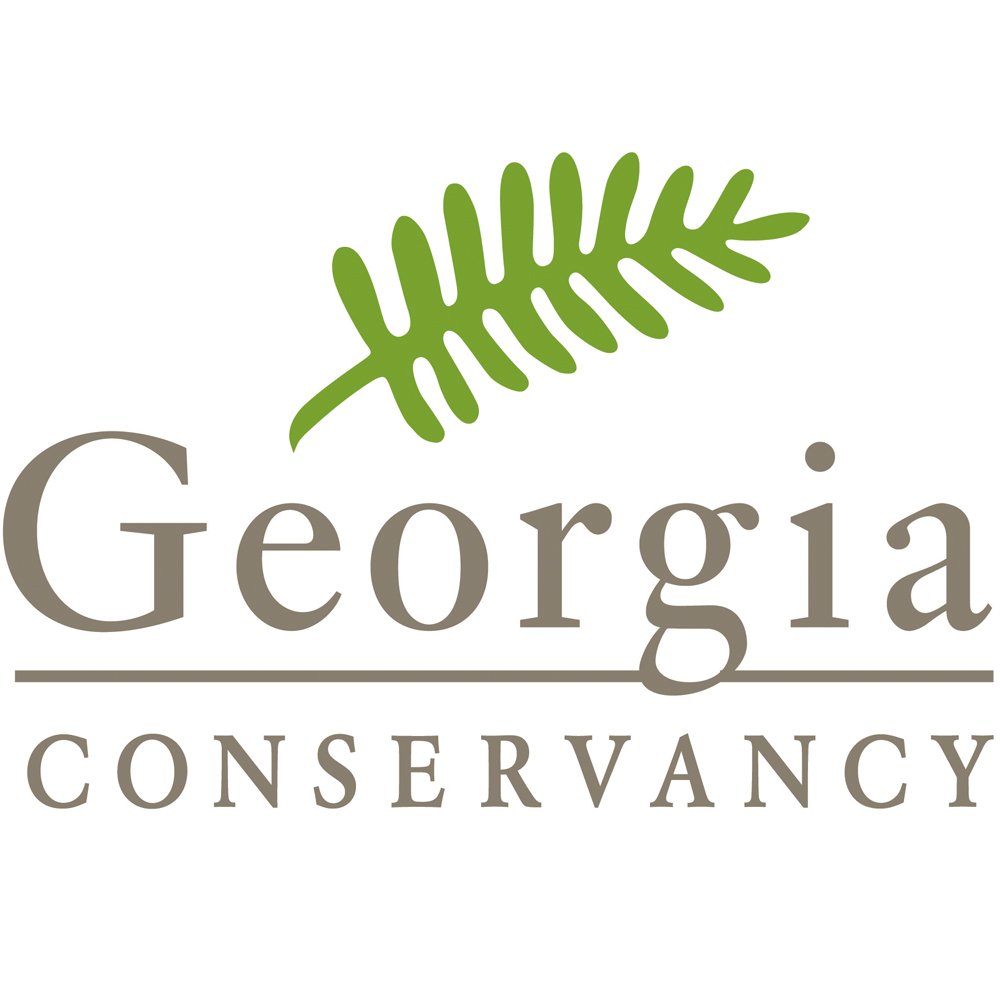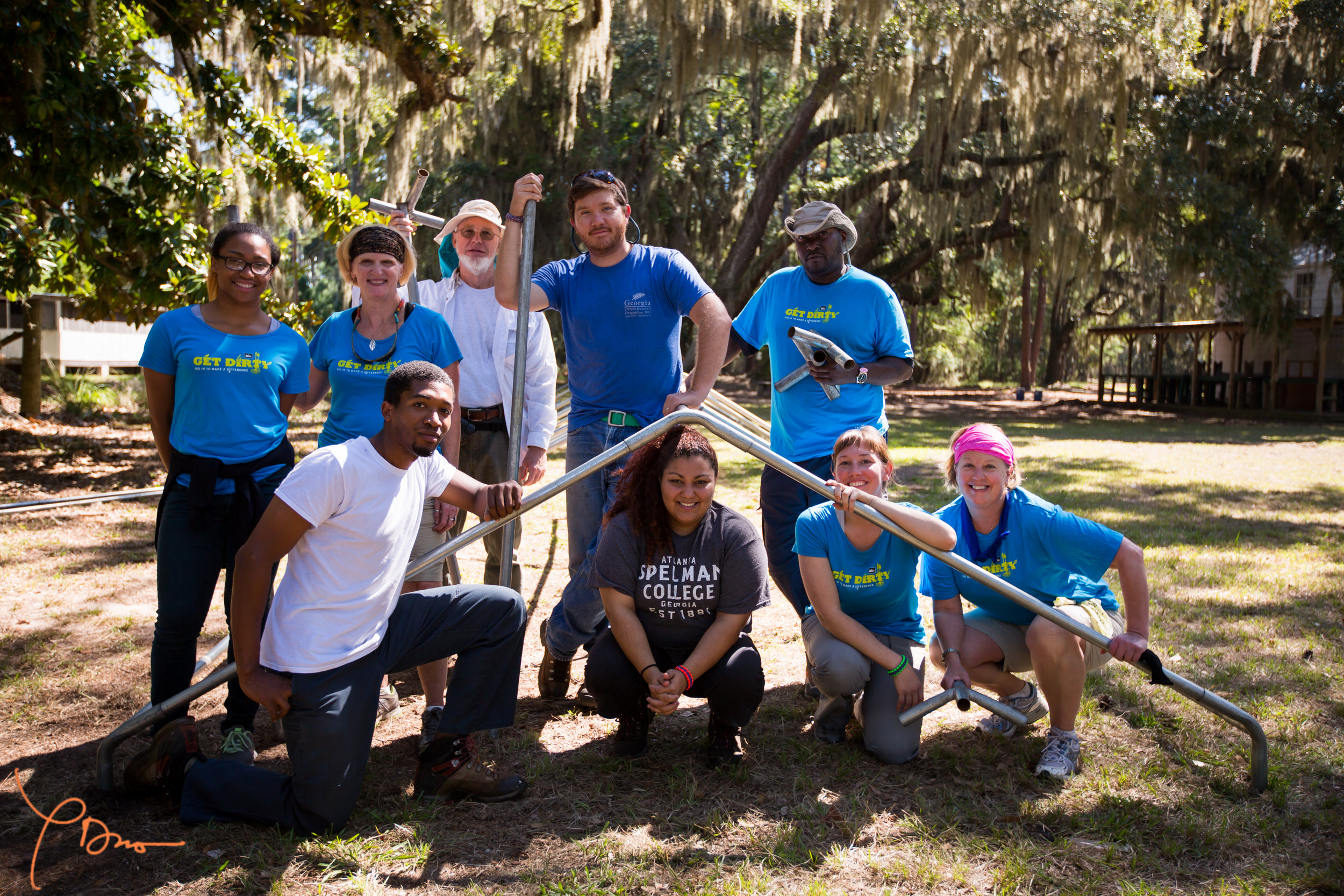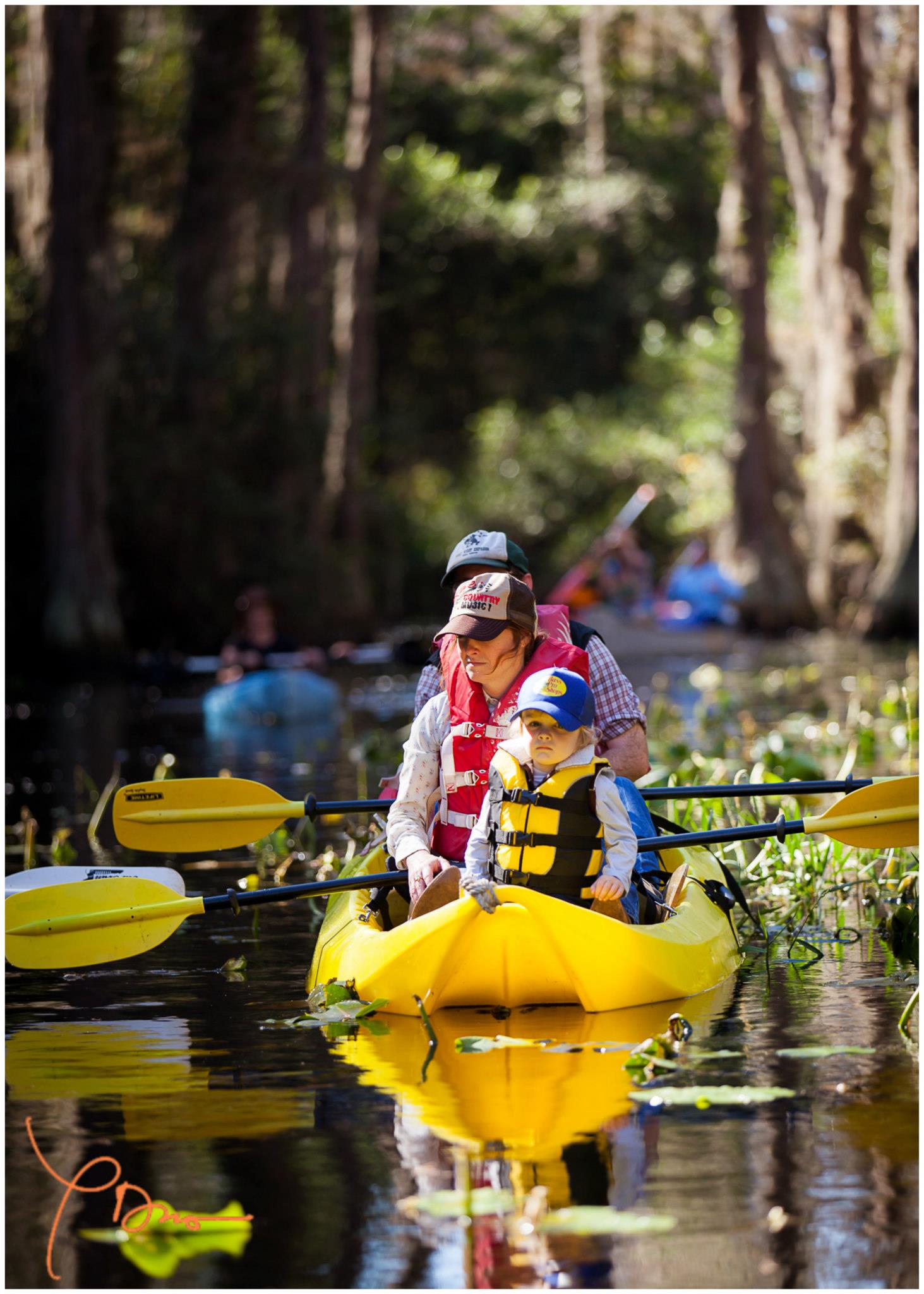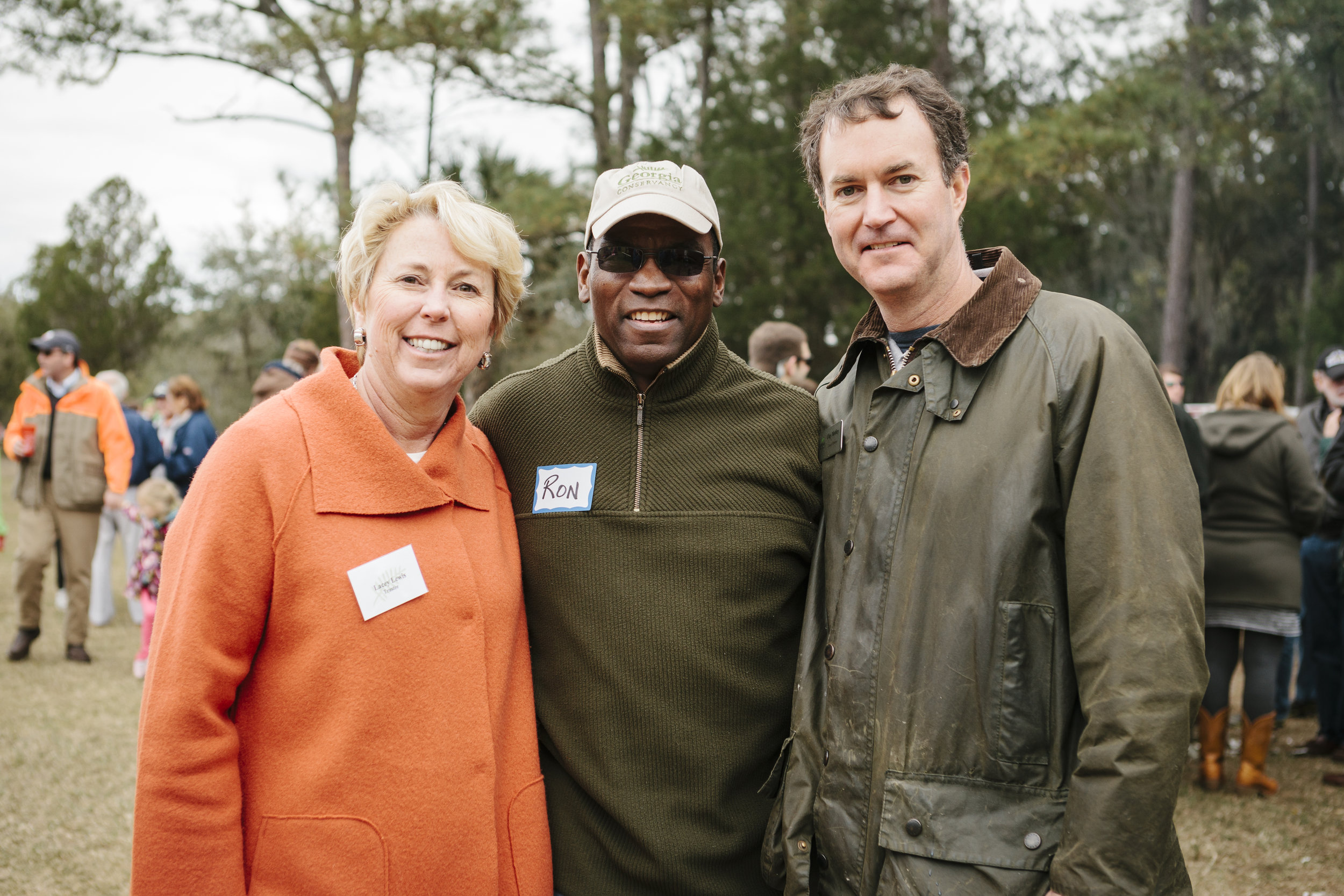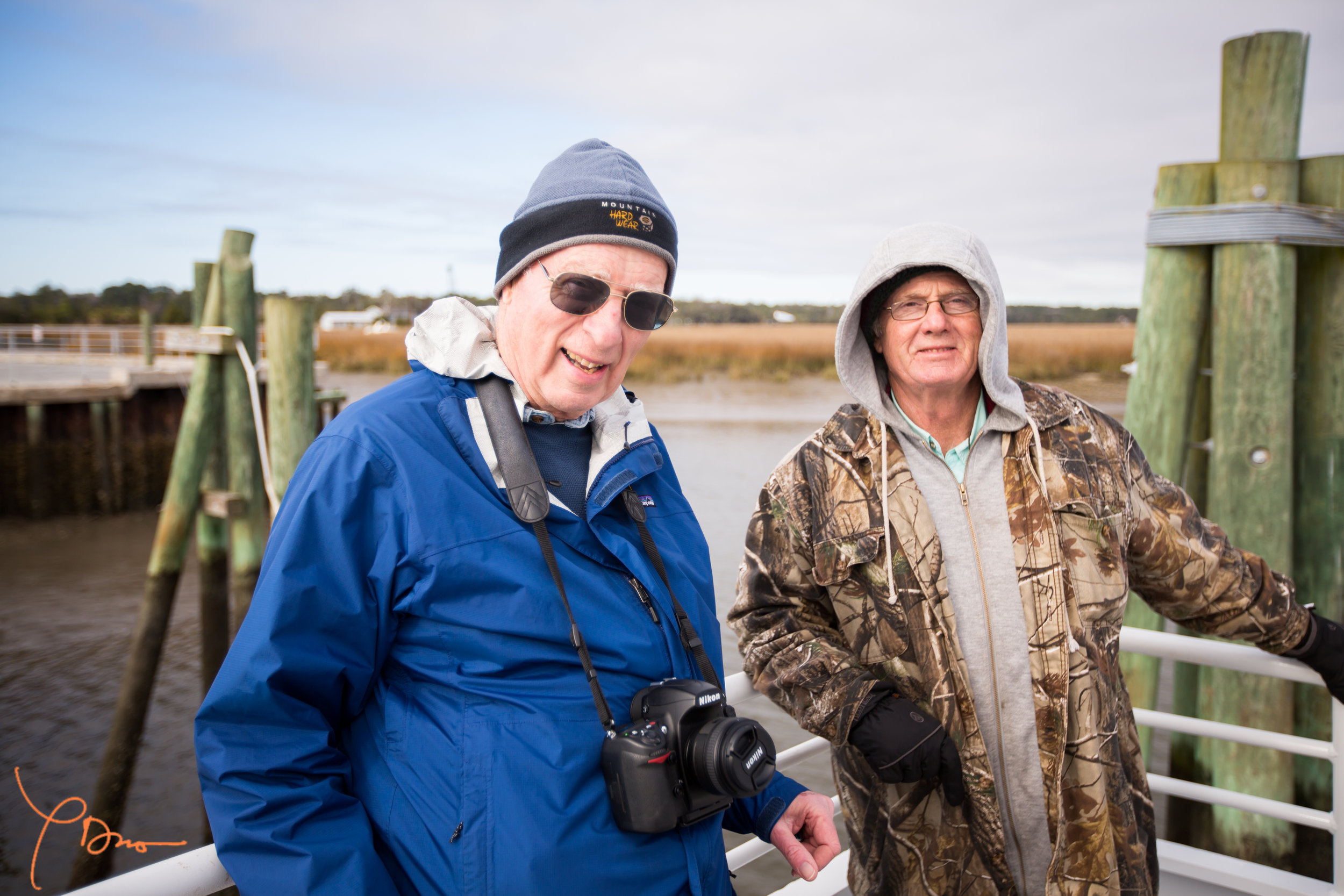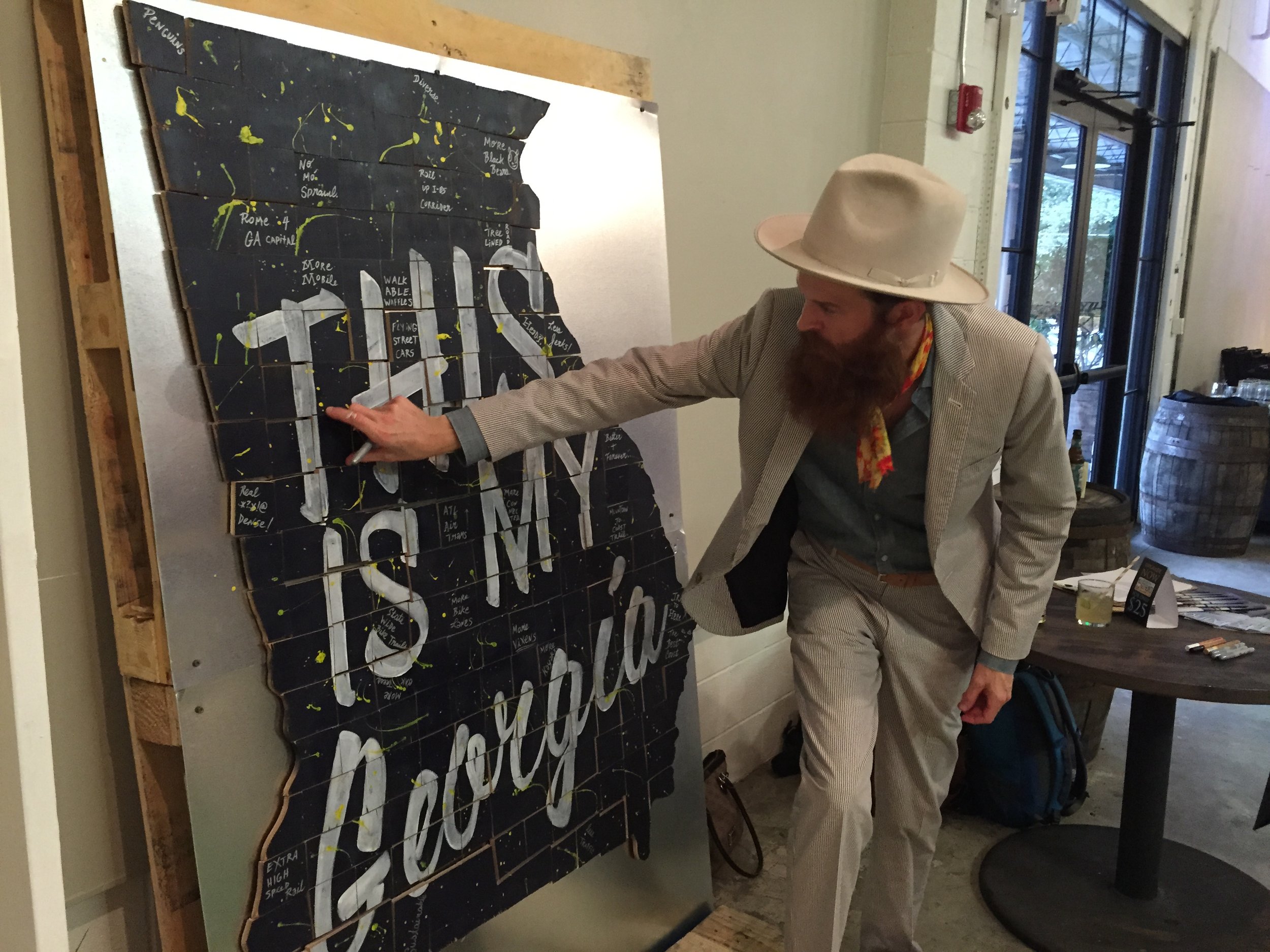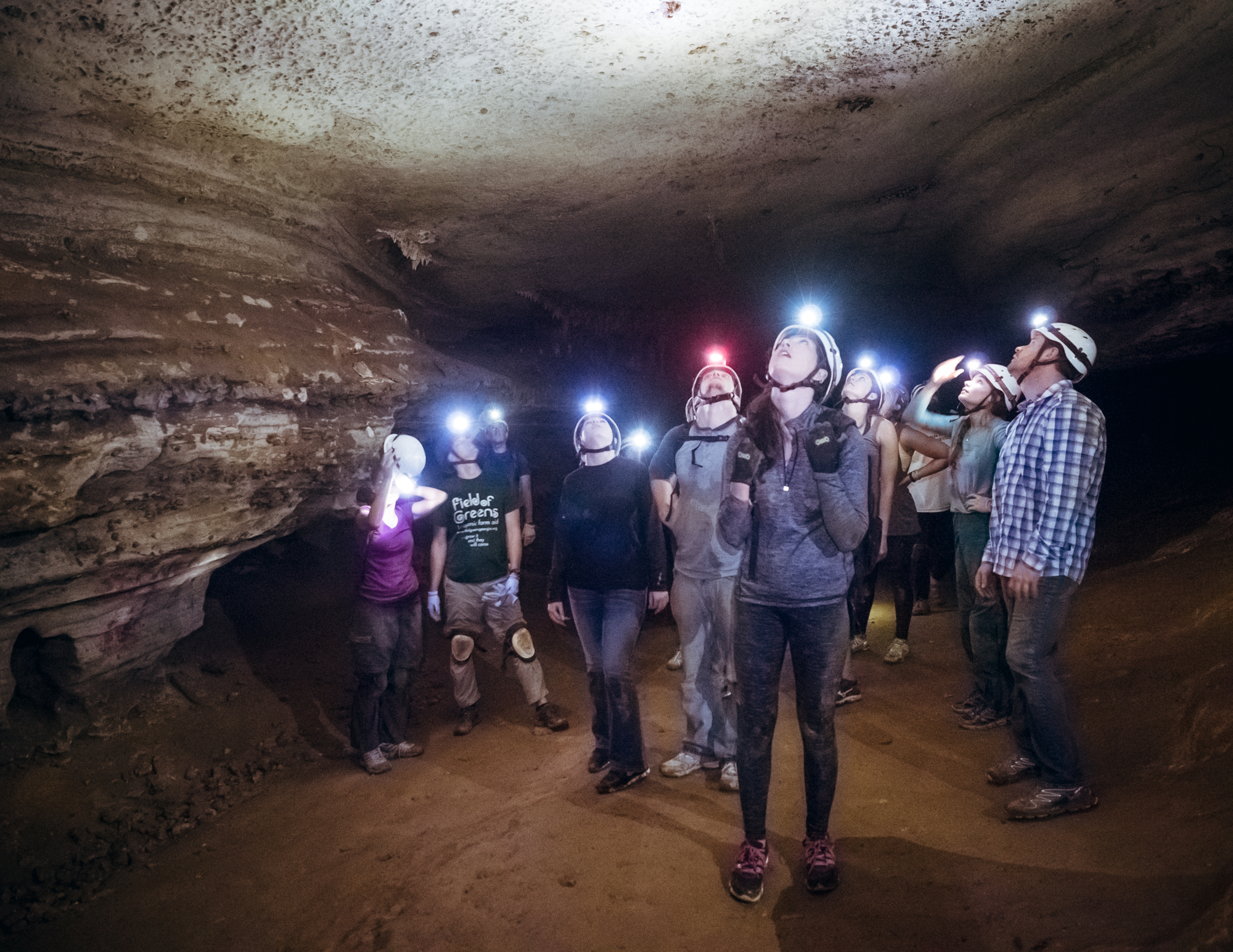The Georgia Conservancy in the 2010s
"What is our impact? Have our past efforts led to a better Georgia - for its people and its environment? What can we do TODAY that will set the stage for the tomorrow that we all desire? These are the questions that we at the Georgia Conservancy ask ourselves everyday in our efforts to forward a culture of conservation and sustainability in Georgia."
- Georgia Conservancy President Robert Ramsay, 2015 Impact Statement
significant events of the 2010s
2010
- The Georgia Conservancy successfully advocates for a new law that restricts the sale of freshwater turtles in the State of Georgia.
- The Georgia Conservancy's Blueprints for Successful Communities Program launches its sustainable growth planning studio in Atlanta's NPU-G.
- Advocacy efforts by the Georgia Conservancy at the State Capitol leads to the passage of landmark water conservation legislation, giving Georgia some of the strongest water conservation measures anywhere in the nation.
- The Georgia Conservancy strongly opposes the lifting of a moratorium on eastern seaboard exploration and drilling by the Federal government.
2011
- The Georgia Conservancy kicks-off its Blueprints for Successful Communities studio in Lithonia, Georgia.
- The Coastal Georgia Land Conservation Initiative (CGLCI) completes its three-year long coastal mapping project. These maps are used to preserve critical coastal lands and promote sustainable growth patterns and development.
- Advocacy efforts by the Georgia Conservancy are critical in the passage of Amendment 4, a constitutional measure that enables the state to enter into multi-year contracts to renovate state buildings to make them more energy efficient and use less water.
- The Georgia Conservancy launches its new Land Conservation Initiative designed to help landowners find conservation solutions that are right for their properties. The LCI program also works with partners to recommend conservation of public lands. From 2011-2015, the LCI program helped to conserve or restore nearly 54,000 acres of critical lands.
- The Georgia Conservancy helps to broker deal to conserve nearly 5,200 acres of Plum Creek Timber Co. property in Liberty County.
- The Georgia Conservancy kicks off its Blueprints for Successful Communities studio in Augusta's Harrisburg neighborhood.
2012
- In an effort to curb sprawl and poor land use, the Georgia Conservancy's Sustainable Growth Program develops training curriculum for school boards and communities based upon the EPA's Guideline for School Siting.
- The Georgia Conservancy's Blueprints for Successful Communities launches studio work in 4 Atlanta neighborhoods to look at how urban and landscape design can influence and mitigate the effects of stormwater.
- The Georgia Conservancy's Stewardship Trips Program begins the Heartland Rivers of Georgia Paddle Series, introducing hundreds of people to the recreation opportunities afforded them by central and south Georgia's rivers.
- The Georgia Conservancy launches it Moreland, Georgia Blueprints studio in an effort to sustainably guide the growth of the small Coweta County town.
- Through the staunch advocacy efforts of the Georgia Conservancy, a bill to legalize deadhead logging on the Altamaha, Flint, Ocmulgee and Oconee Rivers is defeated.
- The Georgia Conservancy works with legislative members to kill a bill that seeks to permit the farming of tilapia, an African fish species.
2013
- In its second Sea Level Rise Blueprints Studio, the Georgia Conservancy studied the economic impacts of Sea Level Rise on the Port of Savannah and Darien, Georgia. The studio’s analysis is intended to inform elected officials, residents, industry, community planners, and others as they prepare for sea level rise on the Georgia coast.
- The Georgia Conservancy hosts its first annual Firelight, a celebration of the Conservancy's Stewardship Trips Program
- The Georgia Conservancy LCI Program and Coastal leadership helps to protect Thompson Island along Ebenezer Creek. The island, covered in old-growth cypress and gum tupelo, is a gem of ecological diversity.
- With our partners, the Georgia Conservancy works to strengthen and pass the Flint River Drought Protection Act with the addition of vital amendments.
- Years of advocacy efforts pay off as the Georgia Conservancy successfully lobbies the Federal Highway Administration to reject the proposed 411 Connector in Bartow County. The poorly chosen route would have sliced through a mountain and destroyed a number of acres of vital forestland and compromised the health of a number of tributaries of the Etowah River.
2014
- In 2014, the Georgia Conservancy's Land Conservation Initiative received over 600 landowner inquiries and assisted in the protection or restoration of land in four different ecoregions within the state: Blue Ridge, Piedmont, Southeastern Plains, and Southern Coastal Plain. In total, 3,150 acres were permanently conserved, and an additional 850 acres were placed into perpetual Wetland Reserve Easements to be restored to their original hydrology.
- The Georgia Conservancy and Georgia Tech, through the support of the Ray C. Anderson Foundation launches ambitious Blueprints studio to research methods that would transform a section of I-85 in Troup County into the world's most sustainable highway.
- The Georgia Conservancy hosts its first annual Grand Columbus Whitewater Paddle. The Grand welcomes more than 1,000 rafters to downtown Columbus' newly opened whitewater course on the Chattahoochee River.
- The Georgia Conservancy plays a vital role in restricting future development on Jekyll Island to only 20 acres.
- Robert Ramsay is named President of the Georgia Conservancy
2015
- The Georgia Conservancy successfully advocates for the passage of legislation that creates a statute that protects the 25-foot salt marsh buffer.
- The Georgia Conservancy and partners introduce Georgia Legacy legislation which seeks to create a dedicated and sustainable source of funding for statewide land conservation and recreation lands.
- Nearly 4,000 acres of land is protected through the Georgia Conservancy's Land Conservation Intitiative
- The Georgia Conservancy's Blueprints for Successful Communities program completes three studios with Georgia Tech - Mission Zero Corridor, Chattahoochee River Park and School Siting Impacts.
- The Georgia Conservancy's Stewardship Trips Program hosts 30 trips across the state with 2,402 participants
- The Georgia Conservancy's Generation Green hosts its first annual Next South Conference. Next South is the largest conference in the Southeast dedicated to forwarding careers in corporate sustainability.
2016
- With our partners, the Georgia Conservancy successfully advocates for a moratorium on the siting and construction of petroleum pipelines in the state, at the same time establishes a study committee to look at pipeline regulations and procedures. The moratorium halts work on the proposed Palmetto Pipeline.
- The Georgia Conservancy works with legislators to introduce and pass legislation that re-authorizes the state land conservation tax credit.
- The Georgia Conservancy publishes the first detailed GPS map of Cumberland Island National Seashores Trail System. The printed maps are available at REI stores in Georgia and Florida. The map is the culmination of the Georgia Conservancy's Cumberland Island Trail Restoration Project.
- Blueprints for Successful Communities studios are begun in LaGrange and Paulding County.
- The Georgia Conservancy hosts first Land Conservation Summit in Macon, bringing together a diverse group to collaborate on the Gopher Tortoise Initiative and the Savannah River Clean Water Fund.
- The Georgia Conservancy moves offices to Downtown Atlanta, relocating to 230 Peachtree Street NW.
